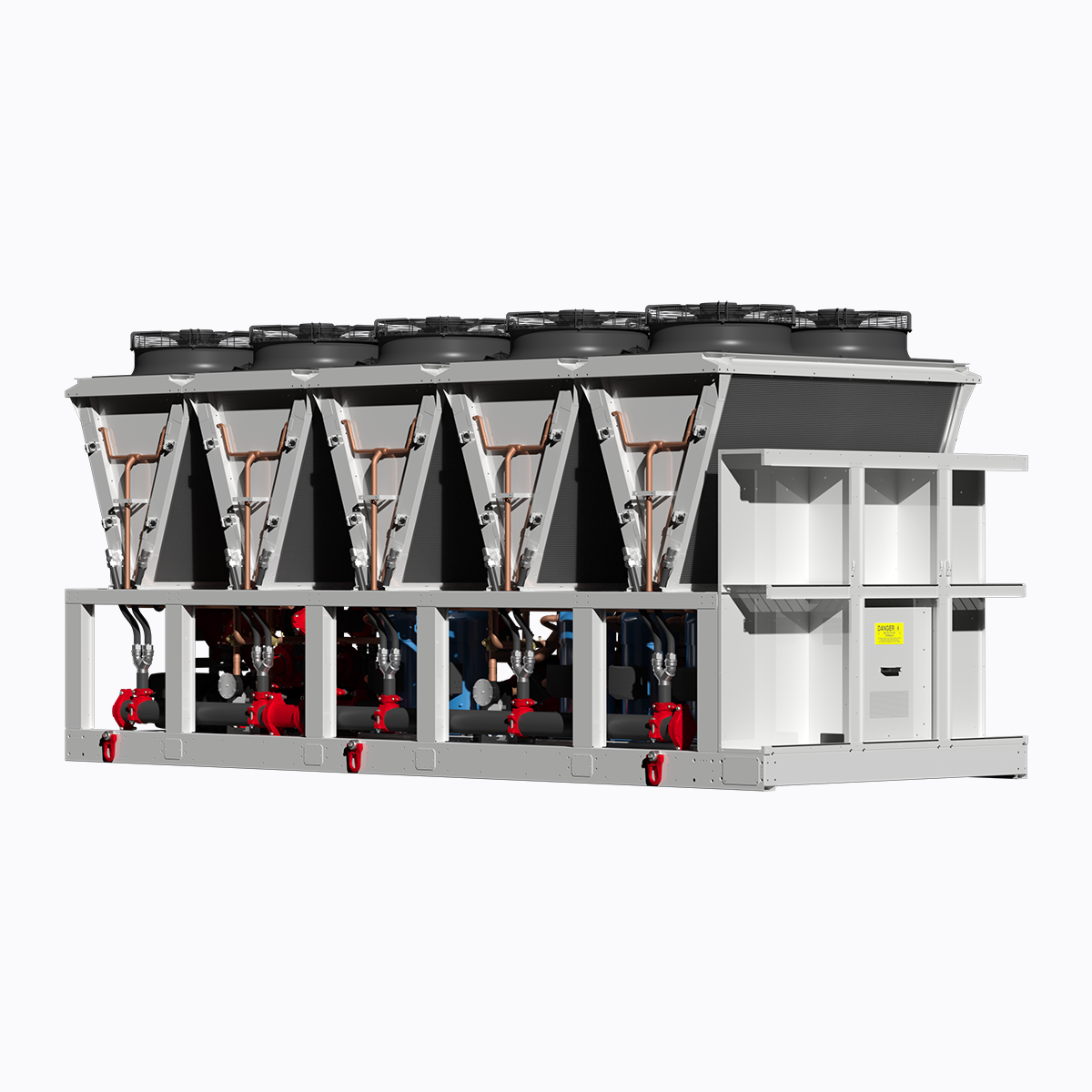Microchannel condenser coils are used to control the speed, torque, acceleration, deceleration, deceleration, and direction of rotation of the main motor. Electric drives are divided into DC drives and variable frequency drives (DC and AC drives, respectively). Due to their simplicity, ease of use, reliability, and favorable price, DC drives have been the preferred solution for industrial applications for many years.
On the other hand, variable frequency drive controllers, often referred to as inverters, are generally more complex than Klatra microchannel condenser coils in that they must perform two functions in the power section. Currently, several types of microchannel condenser coils are known that are widely used in general-purpose electric drives, namely, pulse width modulated controllers with a current source at the input and natural switching inverters. Each type has its own advantages and characteristics, so the final choice is determined by the voltage and power values required for a particular application.
In photovoltaic installations, Kaltra microchannel condenser coils are often used as protective elements for people and equipment. Microchannel condenser coils are also used as a general solution for filters and especially in solar energy converters. On the part of users and developers, these devices are required to improve their efficiency and reliability. In accordance with these requirements, the development of inverters is moving towards a simpler configuration with fewer components and high modularity.
By choosing Kaltra microchannel condenser coils, you get the flexibility in decision making provided by the corrugated plate design, which will make your product unique and take a leading position in the field of innovative technologies. It also improves efficiency when operating the chiller with variable load. Kaltra microchannel condenser coils are powerful electronic converters that convert an input voltage into a DC voltage of the desired value at the output.





